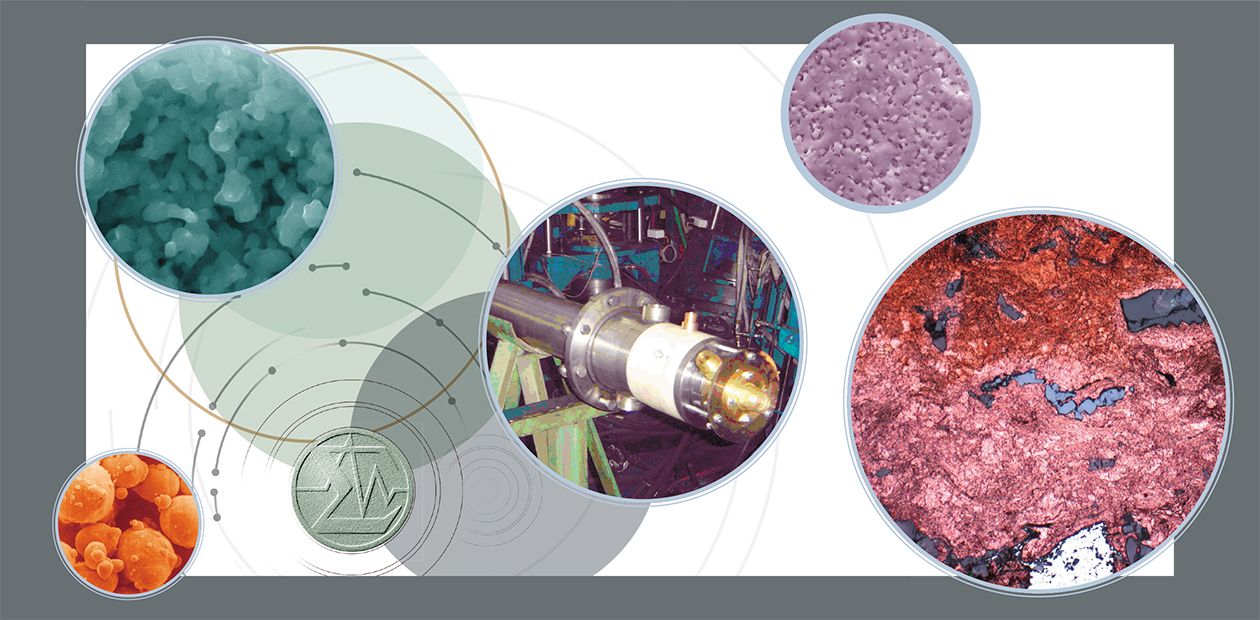An Electron Beam Gives Rise to a Fuel Cell
Tomsk researchers proposed to use specific features of a high-current electron beam in production of fuel cells for hydrogen-based power engineering
Basic research of the impact of high-current electron beams on the solid surface for modifying the properties of the latter have been pursued at the Institute of High Current Electronics of the Siberian Branch of the Russian Academy of Sciences for more than two decades. This stable interest is caused by the capability of such electron beams to melt surfaces of almost all materials. It is essential that the surface properties are also changed to a large extent: roughness decreases, corrosion resistance increases, etc. This effect has also found applications in practice. In particular, electron-beam processing has become an indispensable procedure of final smoothing of complex-shaped metallic elements.
Recently, there appeared some inviting prospects in using the electron beam to produce solid-oxide fuel cells for hydrogen-based power engineering, which have not yet gained wide application because there is no cost-acceptable technology of fabricating these cells, despite their high efficiency, silent operation, and long service life.
A fuel cell is an electrochemical generator converting the energy of chemical interaction of hydrogen and oxygen to electrical energy. The central part of the fuel cell is a three-layer sandwich consisting of an anode, electrolyte, and cathode. The anode is a ceramic-metal plate with porosity up to 40%, consisting of a mixture of nickel and zirconia granules. Pores are needed for hydrogen to reach the interface between the anode and ceramic electrolyte (yttrium-stabilized zirconia), whereas this interface should be impermeable for the gas. To reduce the operating temperature of the fuel cell, it is necessary to obtain an electrolyte layer just several micrometers thick. It was proposed to use an electron beam to solve this problem.
Experiments show that under appropriate conditions one electron beam pulse is sufficient to melt the surface of a ceramic-metal anode to a depth of approximately 1 µm. The porosity of the melted layer becomes lower than that of the entire anode plate by orders of magnitude. The electrolyte film applied onto such a modified anode surface (for instance, using the method of magnetron sputtering) becomes practically impermeable for the gas already when it is 1—2 µm thick. The test samples of fuel cells fabricated using the method described above have demonstrated high operating parameters.
References Solov’ev A. A., Sochugov N. S., Shipilova A. V., et al. Pulsed electron-beam modification of the surface of porous anodes of solid-oxide fuel cells // Altern. Energet. Ecolog. 2009. No. 9. P. 27—32.






